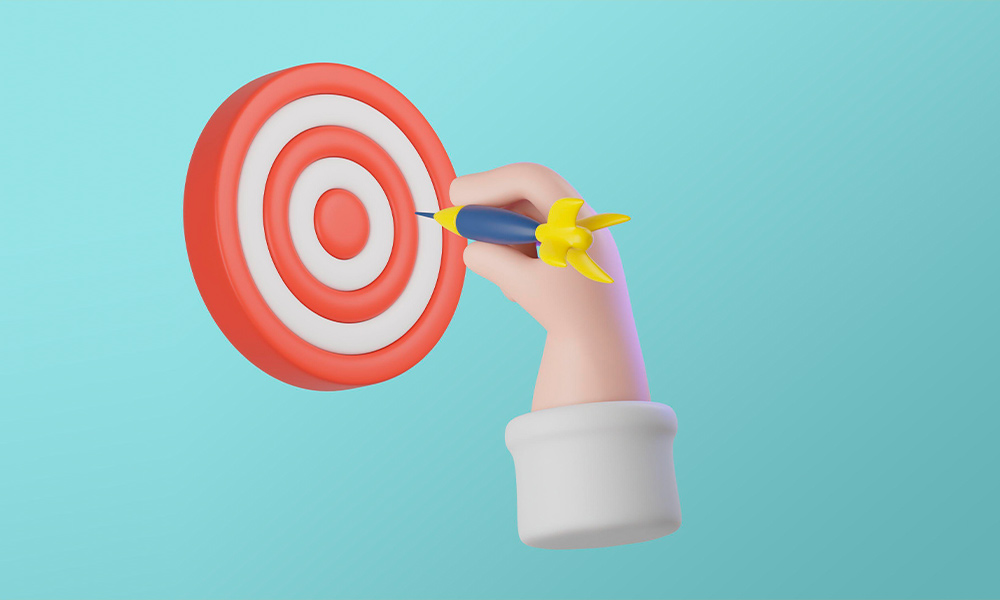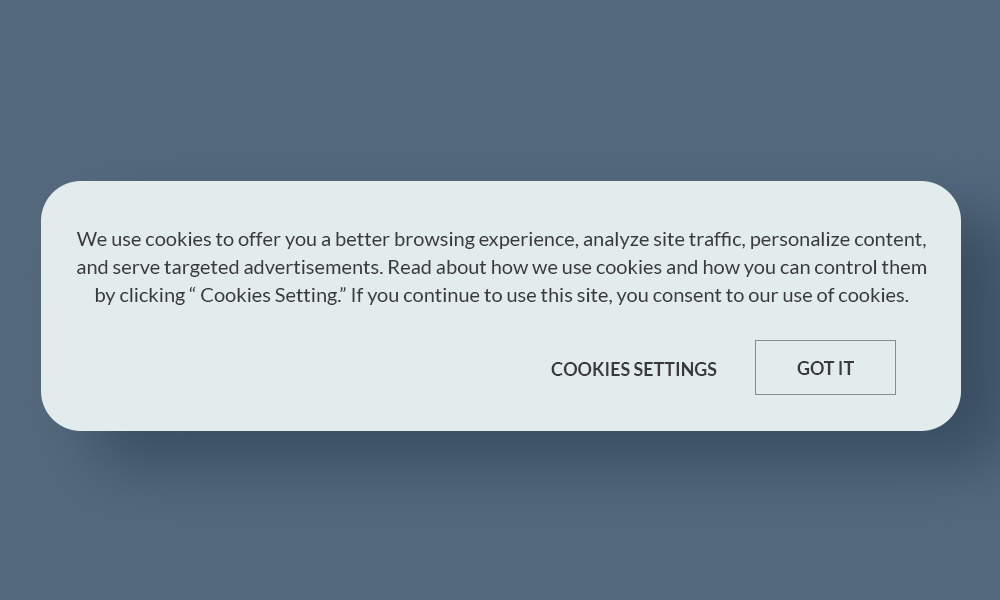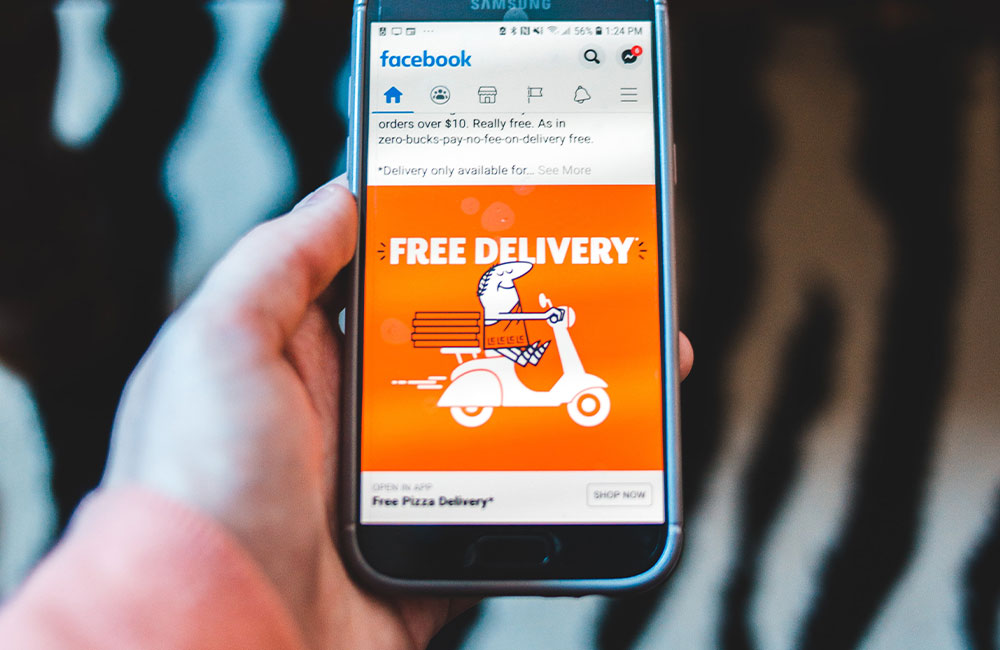E-Commerce Retargeting: Your A-Z Complete Beginner’s Guide!

Expecting people to buy from you the first time they inquire is a definite way to be disappointed.
To produce revenue, numerous touchpoints are required:
According to Salesforce, individuals need 6-8 interactions with a brand before purchasing. Others postulate that it’s only five while the Online Marketing Institute claims up to 13 interactions are needed.
But what do they all agree on? A single engagement is usually insufficient to convert a browser into a full-fledged customer.
This explains why ecommerce retargeting is so effective. Allowing you to track leads over the internet in order to get to that magic touchpoint number as quickly as feasible.
What Is This E-Commerce Retargeting?
Ecommerce retargeting is the practice of employing adverts on other websites to reach out to visitors or customers who have left your online business.
Retargeting advertising is typically used in two ways:
The first is making contact with customers. These customers have already purchased, and you may like to upsell them on further things. You should already have their information and can display them personalised advertising by simply adding their email address to your retargeting ad network.
The second is getting in touch with browsers/visitors. Because these customers haven't purchased from you (yet), you'll retarget them using browser cookies to promote things they've shown an interest in.
This is why you'll see something like this when you first visit many websites:

How Do These Retargeting Ads Work?
There are several systems available for retargeting ads. However, the two most common are simply Google and Facebook.
With their respective platforms, these two have enormous reach. In fact, more than 2 billion people use Facebook each month, and Google controls more than 90% of the global search engine market.
However, they both have enormous display networks via which you can promote.
That is, you can provide banner advertising to retarget people on websites all over the internet.
So the (very basic) procedure looks something like this:
~On your website, place a tracking pixel or code.
~Enter your Facebook or Google advertising account.
~Create an audience based on visitors to specific pages, or upload a list of customer/subscriber emails if you have them.
~Set the creative things (the actual images and text for the ads you want to show).
~Make a spending plan.
~Go!
The ad will then be distributed to your target audience(s) via Google/own Facebook's platforms or their display networks (depending on what you choose).
If you've never used Google Ads or Facebook Ads before, learn more about them.
How Is E-Commerce Retargeting Used?
Before you do anything else, consider who your consumer is and where they are in the buyer's journey.
Depending on where your customer is in their journey, your adverts will have entirely different objectives. So, at each stage, ensure that the audiences you develop are paired with the most appropriate ad creative.
With this in mind, there are numerous applications for retargeting in ecommerce. Here are some of the most common examples:

• Abandoned Cart Recovery
Everyone in ecommerce has heard of the dreaded abandoned cart: when a customer adds items to their cart but does not complete the purchase.
While email marketing is frequently cited as the best solution to cart abandonment (and you should absolutely use an automated email series to follow up), ecommerce retargeting can also be a dark horse alternative.
Because, despite its success in combating cart abandonment, email marketing is not a 100% certainty. And adding a retargeting ad or two on top can be really effective.
Your customer has already fallen in love with the product and added it to their shopping basket. Consider how they will feel after a week of seeing the same product every time they visit Facebook or Google.
This can also be used to prevent browsing abandonment. When someone looks at a product page but does not add it to their cart.
You can even display multiple products from the same category. If one product fails to persuade them, perhaps another will.
• Recommendations Of Products & Cross Selling
One of the best moments to contact a consumer is shortly after they've made a purchase from you. This is arguably the peak of their trust and faith in your store (especially if they've been a long-time customer).
And now is an excellent moment to activate some ecommerce retargeting advertisements with further product recommendations.
Assume someone buys a winter coat from your store. You can then follow up with retargeting advertisements promoting scarves, caps, and gloves that would complement the coat they purchased.
Keeping your product in front of your customers' eyes is a terrific strategy to stay in their minds if nothing else.
• Relationship Boosting With Your Best Customers
Have a new product that you know your customers will love? Are you holding your annual to-die-for sale?
It's time to run a few retargeting ads.
To be sure, many people use alternative routes for this type of communication. It would be irresponsible not to advertise them through email, social media, and any other channel your consumers use.
However, employing ecommerce retargeting advertisements to follow up on those deals allows you to engage with your consumers even when they aren't actively engaging with your site, accounts, or emails.

When was the last time you went directly to your favourite online store without being prompted to do so? You probably haven't in a long time, unless you're hunting for something special.
These types of marketing are also excellent for developing genuine relationships with your customers. You can use retargeting advertisements to remind your best customers to utilise their points or give them a special VIP discount if you add them to a VIP segment (more on this later).
This makes them feel special and valued as clients. Moreover, unlike typical social postings, you can target these to only the top clients.
Best Practices For E-Commerce Retargeting?
There are a few best practices to follow when creating and running retargeting advertising, regardless of the platform.
Message Relevancy
As consumers, we are bombarded with information. It comes from everywhere and rarely makes sense.
And what distinguishes a strong retargeting ad from the crowd?
When the message is timely.
It's critical to properly target your retargeting ad, especially if you want to create a quality relationship with your consumer. If a message is irrelevant, it appears to be spam.
Here's an obvious example:
Do you sell items designed exclusively for women? Make certain that your retargeting advertising does not target men then.
You might also bet that most men visiting your site will be seeking gifts for their significant other, especially during the holiday season (maybe because hints were dropped or because they were forced to).
Your ad message must address the customer's requirements and desires. Remember that what the customer deems relevant will change as they progress through their customer journey.
This is where segmentation comes into play…

Appropriate Segmentation Of Your Customers
Personalisation is the best approach to ensure that your message is relevant.
"How am I expected to personalise each and every message?" I hear you say. "I'm only one person!"
That is the power of segmentation.
You can segment your clients into smaller groups (or segments) and then adapt your messaging to those precise categories using segmentation.
It all begins with understanding the various types of consumers you have and paying attention to where they are in their customer journey. In general, there are three ways to segment your customers:
~Demographics. Age, gender, locality, marital status, and other factors Demographics refers to any type of profile information you may have on your clients.
~Participation in the campaign. This group is determined by how your clients interact with your campaigns, whether they are highly active or inactive, and so on.
~Shopping habits. By segmenting by shopping behaviour, you can target a consumer regardless of where they are in the customer journey.
You can overlay each sort of segment to get even better results when employing various types of segments.
As an example:
Assume we want to retarget VIP shoppers in their 40s who have previously purchased from our winter collection.
This is an excellent method for sending highly tailored and relevant communications to your customers. It will not only improve the performance of your ecommerce retargeting, but it will also help you build a stronger relationship with your customers.

Paying Attention To Different Elements Within Your Ads
It is critical to pay close attention to the various creative aspects that go into your ecommerce retargeting ad:
~Take note of the aesthetics. Check that your graphics and images represent the message you wish to send. The first step in making a fantastic retargeting ad is to include your brand logo and a great graphic of a product or demonstrating the offer.
~Create enticing copy. A great retargeting ad features strong language that entices the customer to buy. Consider the message your customer need based on where they are in the customer journey.
~Create a compelling call to action. It's also vital to include a call to action that would entice the customer, such as "Get Your 10% Discount," "Shop Now," or "Learn More." Consider what your customer is intended to do next.
~Make time-sensitive offerings. Making a retargeting ad offer time-sensitive instils in your customers a sense of urgency and a "fear of missing out." Try including phrases like "limited time deal" or "ending X date."
Testing Ads Frequently
Whatever you do, test your adverts frequently before settling on one.
When building a new set, have at least four separate iterations. Choose two pieces of prose from a list of potential tag lines and pair them with two distinct graphics.
Then merge them all as follows:
Copy 1 + Visual 1
Copy 1 + Visual 2
Copy 2 + Visual 2
Copy 2 + Visual 1
This might assist you in determining which of your copies and images works best with your customers.
Not only does it help with current efforts, but it also allows you to understand what types of language and visuals perform best for future campaigns. Also, one other tip before we forget - you could also try testing with timings. This is because people are all busy with their own stuff and have very varied schedules. Try researching on your target markets and testing out which ads best reaches them at a time when they’re most likely to be available to view your ads!

Closing Words
Ecommerce retargeting advertisements are an important tool for long-term success, particularly when it comes to developing a strong relationship with your customers and increasing client retention.
The nicest aspect of retargeting advertisements is that you can interact with your customers even when they aren't on your website or social networks. Unlike other forms of communication (SMS marketing, push alerts, etc.), retargeting ads are a basic, but strong, non-invasive push.
And if you make sure your message is always relevant to the customer who sees it, your retargeting ad will not feel like an ad at all.
You'll be able to create your own perfectly targeted retargeting ads by following the best practices in this article and using some of the examples provided.

